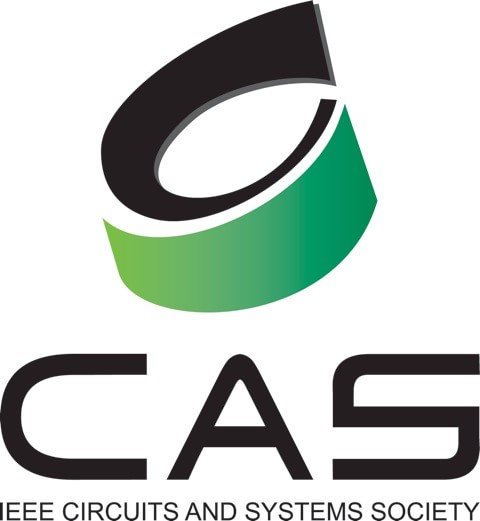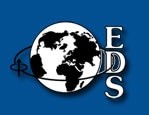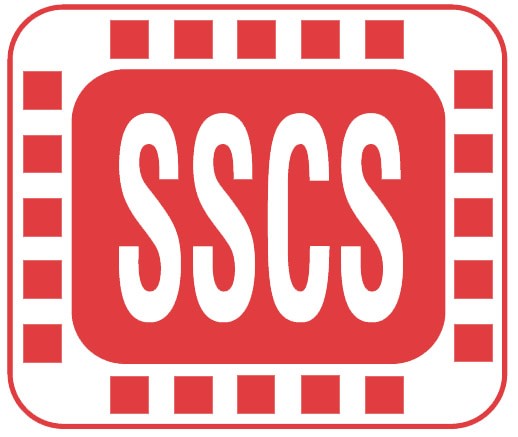View details »
Ferromagnetic hysteresis is a widely misunderstood phenomenon that is important in numerous magnetics-based applications, such as hard disk drives, electric vehicles, wind-turbine generators, linear actuators, transformers, and many others. Efforts to represent hysteresis have led to an extraordinarily diverse range (> 40) of mathematical, empirical, and phenomenological models, many of which are only slightly related to the actual physics. The first talk describes the results of an ongoing effort to develop a solidly physics-based theory that provides quantative agreement with experimental data, while being simple enough to be used as a basis for design software, including FEM methods. Unlike previous models, the theory naturally accounts for the existence of hysteresis, as well as the effects of temperature variations, without invoking any arbitrary modifications. Additionally, it provides an unambiguous definition of the Curie temperature. The second talk will demonstrate how the theory can model major loops, symmetrical and asymmetrical minor loops, and demagnetization spirals of high order. Additionally, it will be shown how it predicts the remarkable experimental fact that there is a close connection between the vertices of a symmetric high-order demagnetization spiral and the measured initial-magnetization curve. The theory is valid for numerous materials ranging from extremely soft to very hard permanent magnets, with coercivities ranging over more than 6 orders of magnitude.




